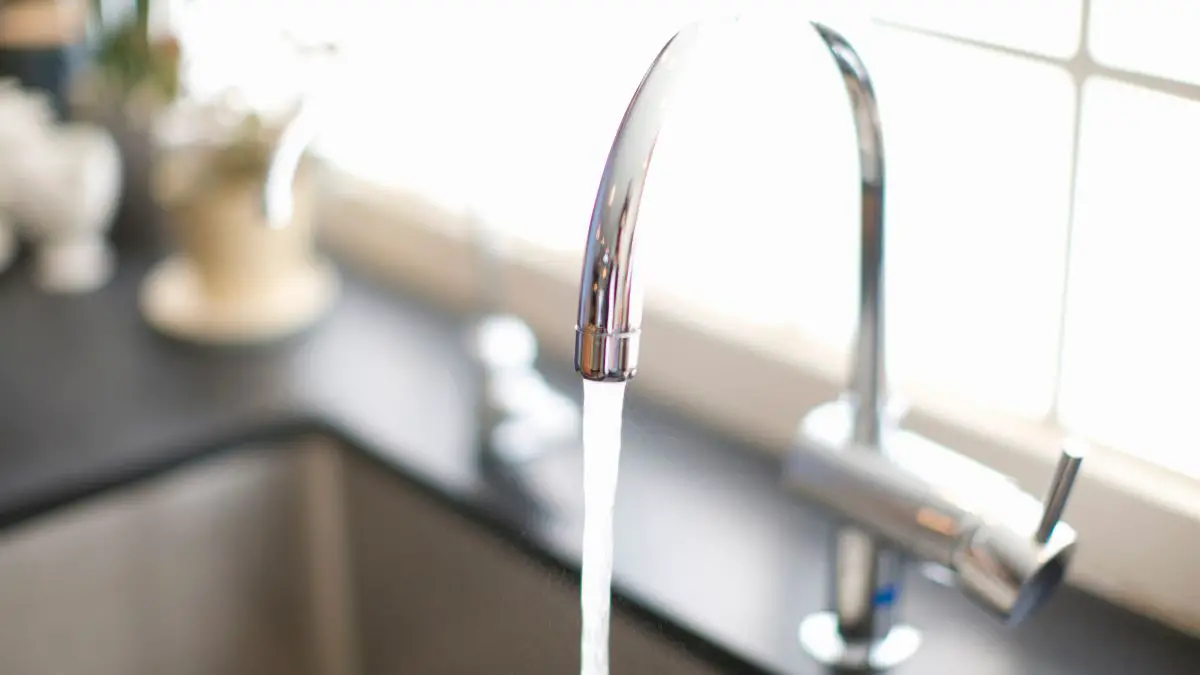Are you struggling with why your touch faucet isn’t working? Don’t worry! Touch faucets have become popular in recent years. However, while they offer many advantages, they can also be prone to problems. This blog post will discuss why a touch faucet might not work and why it is essential to diagnose the issue quickly.
Why Isn’t My Touch Faucet Working?
Several components are required for a touch faucet to work, including batteries, sensors, water leaks, solenoid valves, and wiring. If these components are not working correctly, the faucet will not turn on or off. Here is an overview of why each component might be causing your touch faucet to malfunction.
Batteries
Batteries are a common cause of why a touch faucet won’t turn on or off. If the batteries powering your faucet are dead, it won’t be able to receive power and will not work properly.
Over time, batteries may need to be replaced or recharged as they lose their charge and become less efficient. Therefore, it is important to check your batteries regularly and replace them as needed.
Sensors
Sensors are a critical component of touch faucets that detect when someone is trying to turn them on or off. If the sensors are working correctly, they will be able to detect your hand and will work. However, it is important to check and ensure the sensors are clean and free from debris, as this can prevent them from working.
Water Leaks
Water leaks can also be a cause of why your touch faucet won’t turn on or off. If there is a leak in the system, it could prevent the water from flowing and thus preventing the faucet from working properly. Therefore, it is important to check for signs of water leaks, such as damp spots or mold, and take steps to repair the leak if necessary.
Solenoid Valves
Solenoid valves are used in touch faucets to regulate the flow of water. If one of these valves is not working properly, it can cause a disruption in the flow of water and prevent the faucet from turning on or off. Therefore, checking these valves regularly and replacing them if necessary is important.
Wiring
Finally, faulty wiring can also cause why a touch faucet won’t turn on or off. Suppose there are any loose connections in the wiring. In that case, it can prevent the power from reaching the various components and thus prevent the faucet from working properly. Therefore, it is important to check the wiring and ensure they are securely connected.
Tips for Diagnosing and Repairing Your Touch Faucets
Now that you know why your touch faucet might not work let’s look at some tips on diagnosing and repairing it.
- Check the batteries: As mentioned earlier, dead or low-capacity batteries can be why your touch faucet won’t turn on or off. It is important to check the batteries regularly and replace them as needed.
- Clean the sensors: To work properly, the sensors should be clean and free of debris. Use a damp cloth to clean the sensors and ensure they work correctly.
- Check for water leaks: A leak in the system can prevent your faucet from turning on or off. Check for signs of water leaks, such as damp spots or mold, and take steps to repair the leak if necessary.
- Check the solenoid valves: The solenoid valves should be checked regularly and replaced for your touch faucet to work properly.
- Check the wiring: Make sure all connections are securely connected, and there are no loose wires or connections.
Frequently Asked Questions
How often should I replace the batteries in my touch faucet?
It would be best if you replaced the batteries in your touch faucet every 6 months or when they show signs of wear and tear.
What if I need help finding the source of why my touch faucet is not working?
If you’re still unable to find what is causing your touch faucet not to work, it may be a good idea to consult a professional plumber who can accurately assess and diagnose the issue.
What are the signs that I need to replace my solenoid valves?
The most common signs that you need to replace your solenoid valves are a reduction in water pressure or an inability for the faucet to turn on or off. If you notice these signs, it may be time to replace your solenoid valves.
Can I repair my touch faucet myself?
Yes, if you are comfortable with basic DIY projects and have the necessary tools and materials, you can attempt to repair your touch faucet. However, if you are not confident in your abilities or there is a more complex issue, it is best to consult a professional.
Final Thoughts
It is important to diagnose why a touch faucet isn’t working to ensure proper functioning. Batteries, sensors, water leaks, solenoid valves, and wiring can all be potential causes of why your touch faucet won’t turn on or off. Remember to regularly check and replace the necessary components to keep your touch faucet working at optimal performance.

